It is a common narrative that the news industry is in dire straits. Circulation is declining, viewership is diminishing, and intellectuals worry that the American public just isn't interested in news anymore. But in reality, the news category is alive and well, and of deep interest to the vast majority of Americans. In fact, a new study conducted by Radius/Open Mind Strategy found that a whopping 88 percent of Americans are "news interested," meaning they have read two or more news and information items using two or more media platforms in the past week.
The American News Consumer represents a massive market segment, and with more and more options for them to find the information they're looking for, it is increasingly important for marketers to understand the state of the news landscape as it stands today. In this most recent research initiative, Gannett investigated how people are creating new ways to consume the news they want -- when they want it and how they want it. The results of the study are based on a survey of 3,000 American adults, 14 focus groups, 16 ethnographies and over 50 discovery workbooks -- all of which helped us understand where, when and why consumers are actively pursuing their information needs.
While news consumption is generally ruled by routine, consumers are customizing how and where they get their information based on lifestyle preferences and how much they value the content. Based on a statistical segmentation, we identified five distinct segments of the American News Consumer:
News Localistas (74 percent female, 35-49, homemaker with kids)
Local news represents her priorities. There's a 'need-to-know' dynamic around weather, traffic, retail sales, deals and local events. Beyond news around her own environment, she wants human interest stories, crime coverage and news with a sense of humor.
Sports Analysts (77 percent male, 35-49, obsessed with sports)
A student of sports, he is a multi-platform user looking to feed his addiction. He is interested in breaking sports news, home team coverage, fantasy sports, in-depth sports analysis and sports op-eds. Other news interests include politics and stock market information. He is most likely to access news using a tablet.
News Challengers (male and female, 50+, educated and retired)
News challengers are critical thinkers who express skepticism about news bias and are interested in opinions. They enjoy objective national and international news, and also accesses local news. Interestingly, news challengers index high on both FOX News consumption and NPR. Many are Baby Boomers who embrace technology.
News Digerati (male and female, 18-34, young professionals, high-income)
With a questioning mindset, news digerati most often consumes news on smart phones and values accurate news that offer deeper analysis. They follow national media brands, and index high on FOX News, MSNBC and CNN. They prefer aggregator sources and place value on easy-to-use interfaces and journalistic awards.
News Omnivores (56 percent male, 18-34, have young families, urban, business travelers)
Most noted for his variety of platforms, topics and interests, he wants news to be relevant to his daily life. He surfs news media across platforms but looks to print for the final word. His varied interests span from national and international news to business, health, food and restaurants, sports, movies and books, and he uses news as a 'door-opener'/ 'conversation starter.'
While these are five unique and distinct types of American News Consumers, there are several similarities that cut across the 88 percent of American adults who are news-interested. We learned they are all increasingly multiplatform, they care about what is happening close to home and they check into news media frequently to stay up-to-date on new information. So, while we currently have a large segment of American adults interested in news, it is important that we incorporate these lessons learned if we hope to retain that interest. We must provide local relevancy, program news specifically for different platforms, drop the gender stereotypes and stay aware of the way people consume news experiences. We need to give consumers the news they want -- when and how they want it.